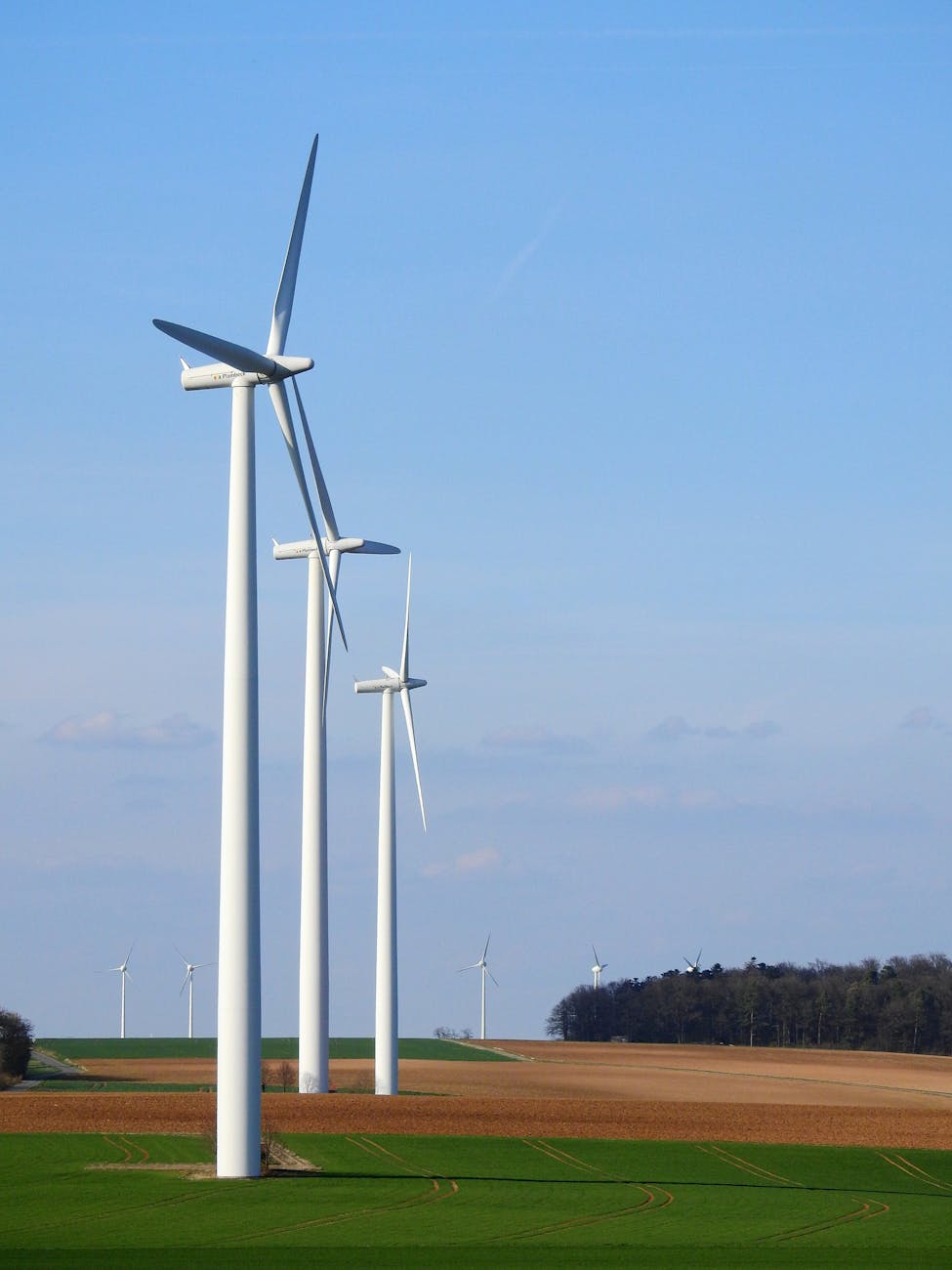Title: Uses of Wind Power, advantages and disadvantages in agriculture.
Introduction
“Discover the uses of wind power in agriculture, including water pumping, electricity generation, and more. Learn about its advantages, like cost savings and sustainability, as well as potential disadvantages, such as high initial costs and intermittent energy supply.”
Contents
- What is wind power?
- Farm operations which require wind power. (Uses of wind power)
- Advantages of wind power.
- Disadvantages of wind power.
See Also
- Advantages and disadvantages of solar power in agriculture
- Advantages and disadvantages of human power in farming
- Advantages and disadvantages of mechanical power in agriculture
What is Wind Power?
Meaning: Wind power is generated by wind movement. Its use in windmill helps to pump water out of a borehole to a generating set for the production of electricity. Wind power can be converted to mechanical power.

Farm operations which require wind power – Uses of Wind Power.
Wind power is an effective and sustainable energy source for various agricultural activities. Its uses include
Wind power is required in the following Farm operations:
- Operation of windmill in which the force of the wind is converted into electricity.
- It is used in the winnowing, ie. separation of shaft from grains.
- It is used for drying produce.
- It can be used to generate electrical power.
- It can be used for propelling ships.
- It may be used in pumping water out of a borehole.
Advantages of Wind Power
The following are the advantages of wind power in agriculture:
- It can serve as alternative to electrical power.
- It is very cheap.
- It is available everywhere.
- Wind energy can power ventilation systems in greenhouses and barns.
- Farmers can generate their own power, reducing reliance on external energy suppliers.
- Wind energy produces no greenhouse gas emissions, contributing to cleaner farming operations.
Disadvantages of Wind Power
The following are the disadvantages of wind power in agriculture:
- It’s supply is sporadic and uncertain as power depends on the wind.
- It’s operation is expensive compared with the energy it generates.
- It is limited to certain form operations.
- It cannot be stored and it is difficult to control.
- Efficiency is highly varied.
- Wind farms may pose risks to birds and bats if not properly designed and sited.
- While turbines have low operational costs, they may require periodic maintenance, adding to expenses
By balancing these advantages and disadvantages, farmers can decide if wind power is suitable for their agricultural practices.
Quick Revision Questions for Students
- Outline 5 uses of wind power in agriculture.
- List 4 advantages of wind power.
- List 4 disadvantages of wind power in agriculture.
